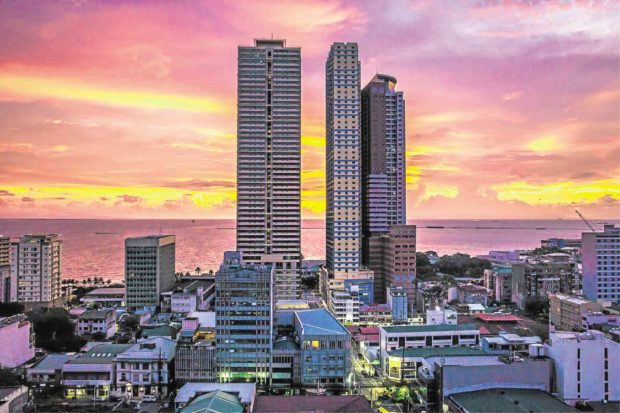The rise of foreign and Filipino partnerships
Nowadays, it is common to see advertisements on the streets announcing the latest real estate projects in the metro. As construction is booming nowadays, many developers hire foreign designers to make themselves stand out from the competition.
Famous names such as Norman Foster, Skidmore, Owings and Merill (SOM), and Carlos Ott have been brought in the country to create some of the most beautiful buildings that stand in our cities today.
Though the presence of foreign talents in our shores is not new, it has become more evident lately with the rise of many luxury condominiums. The event has raised concern among local talents for fear that local job opportunities might be seized by the foreigners.
Though we cannot deny this possibility, few realize that the rise of foreign firms in the real estate today can also bring about numerous benefits to our country. Let us take a look at how we could turn these events into a good thing for our nation and for our industry practitioners.
The appeal of the Philippines
Article continues after this advertisementIf the international real estate scene was a beauty pageant, the Philippines would be one of the competition’s finalists vying for the crown.
Article continues after this advertisementDue to our country’s rekindled ties to China, many investors are expressing their interests in our country. The influx of Chinese workers and the rise of offshore gaming operations has led to an increased demand for offices and residential buildings.
In addition, our country’s abundance of young professionals make it appealing to foreign investors. With many educated locals able to produce competitive work, international firms from various sectors continue to build bases here and hire locals. Promising business districts such as Bonifacio Global City, Clark Freeport Zone and the Cebu Business Park make our country’s estates attractive to new investors.
With the gradual but stable improvement of our economy, the Philippines today offers much potential in terms of capital returns and long-term gains.
Arrival of foreign talents
Due to the increased demand in real estate and other industries, many foreign investors are coming to our country in the hopes of forging tie-ups with local businesses. According to a report released by Colliers International, joint ventures between local and foreign firms have brought in some of the most expensive condominium projects in the market, ranging from P7.6 million to P31 million per unit.
Despite the high cost of these residential units, the projects reportedly have an average take up rate of nearly 90 percent during the early part of this year.
As the law requires foreign firms to have a local counterpart when practicing in our country, many Philippine-based firms have benefitted from these developments.
Firms such as W.V. Coscolluela & Associates, GF & Partners Architects, and Gozar Planners Philippines have worked hand-in-hand with the foreigners to design and build the structures that now dominate our country’s skylines. These large-scale projects have contributed to the progress of many Filipino designers in our country today.
With their collaboration with foreign firms, many local talents have been exposed to innovative practices and new technology. As foreign tie-ups continue to be made into the future, our professionals prosper as well as they become more adept in international practices and innovations.
Small firms to benefit the most
With the progress of Philippine real estate, more and more foreign firms are enticed to form tie-ups with Filipino businesses to profit from the thriving market. In particular, Japanese firms such as Hankyu Realty Co. Ltd., Mitsui Fudosan and Nomura Real Estate Development Co. continue to expand their presence in the country.
While many focus on luxury projects, Colliers report that there is much potential in the development of mid-income and affordable sectors.
Many foreign investors looking for tie-ups offer financial backing to local projects. While local big players in the market do not really need monetary support to build, it’s the small firms that stand to benefit the most from these joint ventures.
If these small enterprises would collaborate with foreign firms, they would avail themselves of the new technology, innovative techniques and financing offered by foreign investors. These would allow them to prosper their businesses exponentially. As real estate continues to boom, the big players won’t be the only ones who would profit from this market.
With joint ventures, small businesses are now empowered to pursue more complex projects with the promise of greater financial rewards.
The future of Philippine firms
We cannot deny that foreign presence has become more evident in our country today, especially in the real estate sector. While the entrance of these foreign players may feel threatening to local developers, the best way to compete with these new firms is to work hand-in-hand with them. As the old adage goes, if you can’t beat them, join them.
Foreign designers and developers offer new learnings, techniques and financing. Our country would benefit greatly if we would seize these opportunities to improve our own abilities and expand our capacities.
Rather than approaching these joint ventures as a threat to our practices, let us use these prospects instead to become better professionals and more competitive Filipinos.
Sources:
Skitterphoto, Juhasz Imre, rawpixel.com via pexels.com
Pixabay.com
www.pna.gov.ph
www.colliers.com



